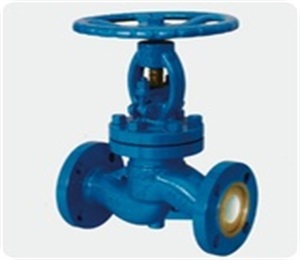The Guangxi customer project for cerami
2023-12-20
2023-12-20

The anti wear and tear of equipment is a contradiction. Mastering the characteristics of commonly used wear-resistant materials and selecting appropriate wear-resistant materials and anti wear plans based on the wear properties and working conditions of different parts is the scientific method for equipment anti wear.
Drum gluing is an important component in the belt conveyor system. The gluing of the drum can effectively improve the operation of the conveyor system, protect the metal drum from wear, prevent the conveyor belt from slipping, and synchronize the operation of the drum and belt, thereby ensuring efficient and high-capacity operation of the belt. Ceramic drum encapsulation can effectively prevent sliding friction between the drum and the belt, reduce material adhesion on the surface of the drum, and thus reduce belt deviation and wear.
The traditional rolling process uses hot vulcanization to wrap the rubber on the drum, but in practical applications, the defects are quite obvious:
1. Low vulcanization pressure, poor product density, and poor wear resistance;
2. When hot vulcanized cast rubber is vulcanized under low pressure, there must be a large amount of sulfur in the formula, and rubber containing too much sulfur will gradually harden in the air;
3. The connection between the hot cast adhesive and the drum is achieved by a transition layer, but the strength of the transition layer to the metal connection is not high (3-10N/MM), and there is often cracking between the transition layer and the metal;
4. Due to the high hardness of the rubber, the self-cleaning function of the rolling surface of the hot cast package adhesive is poor;
Causing the belt to slip and deviate.
Xinghe SHC-CR ceramic drum encapsulation involves vulcanizing ceramics with raised points on the surface into special rubber, and then using cold vulcanization technology to vulcanize them on the surface of the drum instead of traditional rubber.